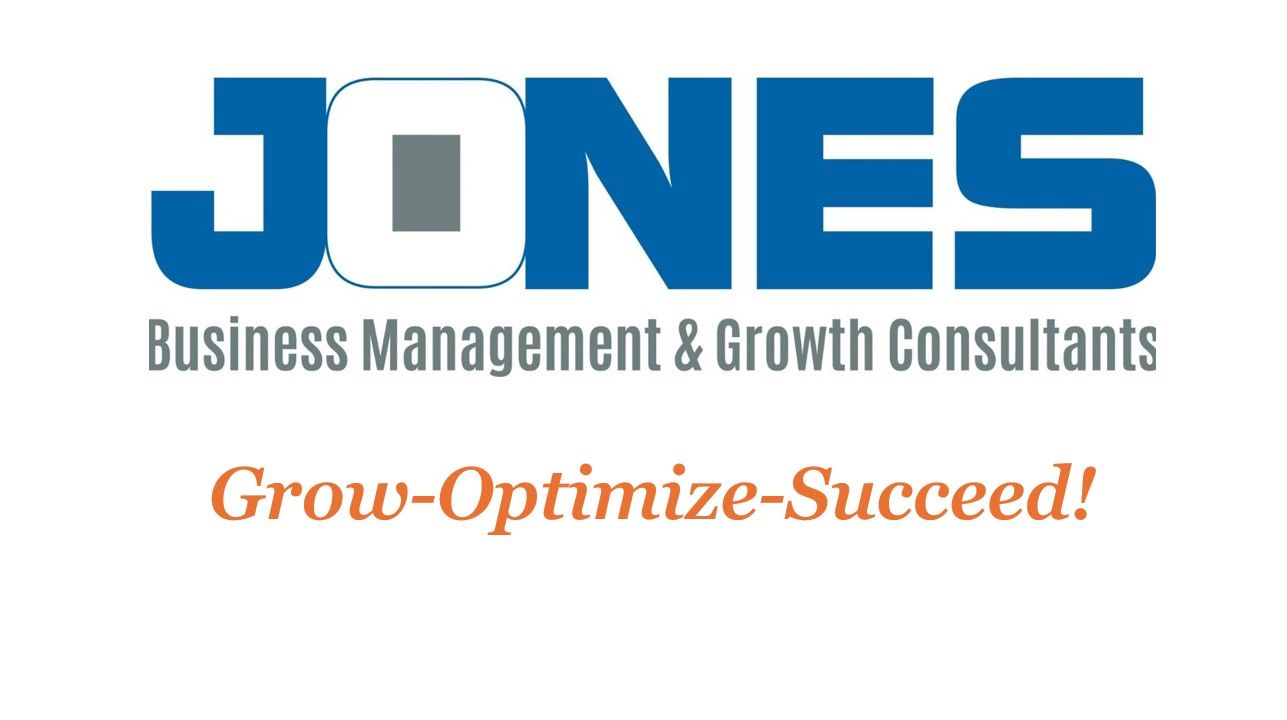The Real Reason You Can’t Grow—and How to Build a Business That Runs Without You
Daniel Jones • May 30, 2025
If your Landscaping Business is Hitting Growth Ceilings....it could be this

By year eight in my landscaping business, I had a crew, consistent clients, and more work than I could handle. From the outside, it looked like I had it figured out.
But behind the scenes, I was burned out, overwhelmed, and barely hanging on. If I took a day off, something fell apart. If I took a week off, chaos followed.
It wasn’t about effort. I was working harder than ever. It wasn’t about customers—I had plenty. And it wasn’t even about money, although the stress around cash flow was real.
The real problem? I had no systems.
Every estimate was written from scratch. Every new hire got trained by shadowing someone else. Every job required me to check and double check that things were getting done right. I couldn’t grow because the foundation was shaky.
If this sounds familiar, here’s the truth: You can’t scale what only lives in your head.
Here’s what changed things for me—and what has helped the owners I work with now:
1. Document Everything (Even the Obvious Stuff)
How to load the truck. Where to get supplies. What a “done right” job looks like. Write it down, record it, make it repeatable.
2. Build Around Roles, Not Individuals
Your business should not rely on any one person being a superhero—including you. Define roles clearly, with expectations, training, and accountability.
3. Create Systems for Predictability
From quoting to follow-up to job site reviews, systems create consistency. Consistency creates trust. And trust builds long-term clients—and a team that runs without you hovering.
4. Train for Independence, Not Dependence
Give your team the tools, knowledge, and authority to solve problems without running to you every time. Yes, they’ll mess up occasionally—but the cost of not doing this is worse.
It wasn’t easy. But two years after committing to systemizing my business, I took a 3-week vacation in Europe. My team handled it. Only one issue came up, and they solved it—just needed to check if they could tap into the emergency fund.
That’s what freedom looks like. And it starts with facing the truth: without systems, your business can’t grow—and neither can you.
Have you started documenting and systemizing yet? What’s stopping you?

Most landscapers track total sales, but sales alone do not tell you if you are winning or losing. You can have a record-breaking revenue month and still come up short on profit. The number that actually tells the truth is revenue per hour — how much your business earns for every production hour you work. Why Revenue per Hour Matters Every business only has so many production hours each week. Those hours are your inventory. When you fill them with low-profit jobs or inefficient routes, you waste your most valuable resource. Revenue per hour measures how efficiently you turn your crew’s time into money. It exposes what your “busy” really earns. What It Reveals Underpriced work : Jobs that seem fine on paper but drag down hourly return. Inefficient routes : Too much windshield time and not enough production. Wasted labor : Crews that take longer than the estimate or lack clear systems. Profit leaks : Jobs that look big in revenue but small in margin. When you track revenue per hour, you start spotting which jobs and services actually make sense — and which ones are quietly draining you. How to Calculate It Take your total revenue for a job, route, or week. Divide it by the total billable production hours your crew worked. The result is your Revenue per Production Hour (RPH) . Compare that to your break-even hourly rate — the amount you need to cover all labor burden, overhead, and profit. If your RPH is not comfortably above that number, the job is not profitable. How to Use It Drop or reprice the lowest RPH clients. Focus your marketing on the most profitable service types. Route for density so drive time does not eat production time. Reward crews that consistently hit higher RPH with efficiency bonuses. This is how smart landscapers grow. They do not just add more clients — they make each hour worth more. Your Next Step If you are ready to stop chasing revenue and start maximizing profit, learn how to track and raise your Revenue per Hour using real numbers. Inside my Pricing Fix Sprint , I teach landscapers how to calculate their break-even rate, identify profit leaks, and make every job count. 👉 Join the Pricing Fix Sprint here and start making every hour work harder for you.









